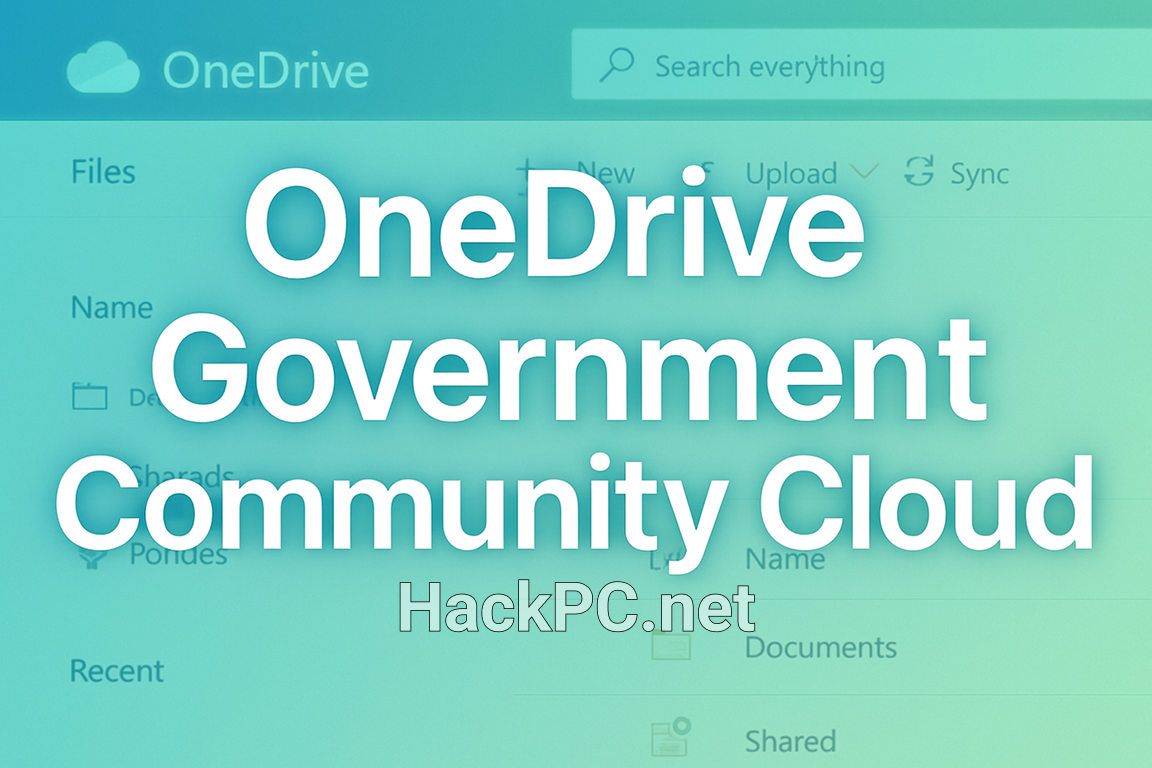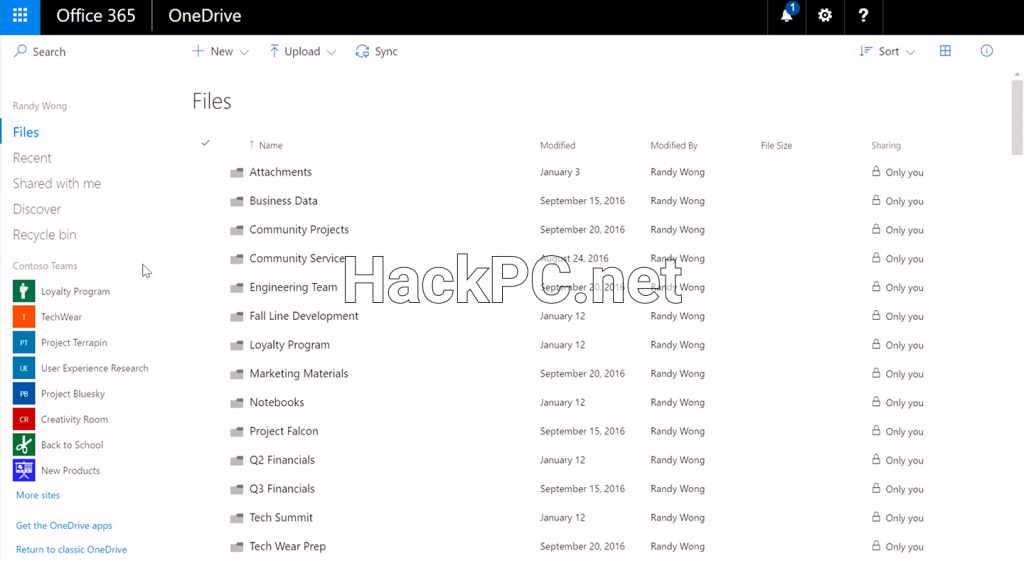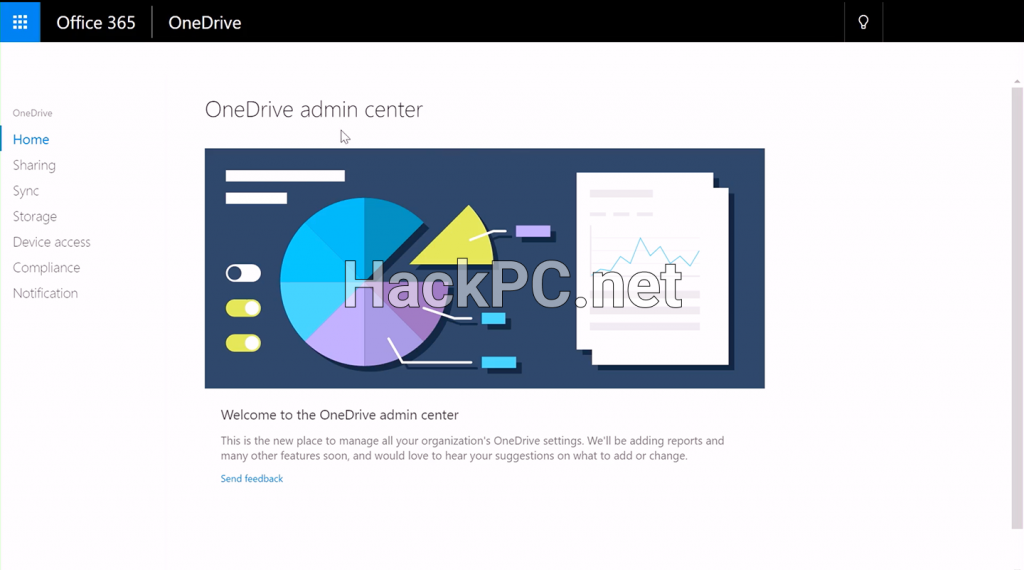
Understanding the Strategic Value of Sync Health Monitoring in Federal Environments
The implementation of OneDrive sync admin reports within the Government Community Cloud represents a significant evolution in how federal agencies and government contractors manage their cloud storage infrastructure. As of June 2024, Microsoft has extended this critical monitoring capability to GCC environments, with GCC High and DoD support arriving in August 2025, marking a pivotal moment for government organizations seeking enhanced visibility into their data synchronization ecosystem.
For IT administrators managing federal cloud environments, the sync health dashboard provides unprecedented insight into device-level synchronization status, error tracking, and Known Folder Move deployments across their organization. This capability isn’t merely a convenience—it’s a strategic necessity for maintaining data integrity and ensuring seamless collaboration in increasingly distributed government workforces.
Navigating the Government Cloud Architecture and Compliance Requirements
The Government Community Cloud environment operates under stringent security parameters that differentiate it from commercial Microsoft 365 deployments. Organizations utilizing OneDrive within GCC benefit from logical segregation of customer content, with all data stored within United States boundaries—a critical compliance requirement for federal agencies handling sensitive but unclassified information.
Understanding these architectural differences becomes essential when configuring sync admin reports. Unlike commercial deployments, GCC environments require specific endpoint configurations and must maintain compliance with FedRAMP High standards while operating within the unique security boundaries that define government cloud infrastructure. The sync health dashboard respects these boundaries while providing administrators with actionable intelligence about their synchronization landscape.

Prerequisites and Initial Configuration Requirements
Before deploying sync admin reports in your GCC tenant, several foundational elements must be in place. The OneDrive sync app requires version 22.232 or later for both Windows and macOS devices, ensuring compatibility with the reporting infrastructure. Administrative access requires either Office Apps Administrator or Microsoft 365 Administrator role permissions for initial setup, though Global Reader, Security Administrator, and Reports Reader roles can subsequently access the dashboard for monitoring purposes.
Network connectivity represents another critical consideration. Devices must maintain connections to https://clients.config.office.net, a requirement that government network administrators should verify against their existing firewall and proxy configurations. This connectivity enables the sync client to transmit health telemetry data back to the administrative dashboard, forming the backbone of your monitoring infrastructure.
Implementing Group Policy Configuration for Enterprise Deployments
The deployment of sync health reporting across government organizations typically leverages Group Policy Objects for centralized management. The modernized approach utilizes the EnableSyncAdminReports registry key, located at HKLM\SOFTWARE\Policies\Microsoft\OneDrive\EnableSyncAdminReports, replacing the deprecated SyncAdminReports configuration that some organizations may still reference in their documentation.
For organizations utilizing Microsoft Intune for device management, administrative templates provide an alternative deployment method. Navigate to Computer Configuration > Administrative Templates > OneDrive within your Group Policy Editor, then enable the “Enable sync health reporting for OneDrive” setting. This configuration doesn’t impact end-user functionality but enables the transmission of diagnostic data essential for administrative oversight.
A phased rollout strategy maximizes deployment success while minimizing potential disruptions. Begin with pilot groups of 10-100 test devices, validating data collection and dashboard functionality before expanding to broader deployment waves of up to 10,000 devices daily. This graduated approach allows administrators to identify and resolve configuration issues before they impact production environments.
Understanding the Sync Health Dashboard Interface
Once configured, the Microsoft 365 Apps Admin Center provides comprehensive visibility through multiple dashboard views. The Overview tab presents executive-level metrics including aggregate sync error counts, Known Folder Move adoption percentages, and version distribution across your device fleet. This high-level perspective enables rapid identification of systemic issues requiring immediate attention.
The Devices tab offers granular visibility into individual endpoints, displaying current health states, protected folder configurations, sync app versions, and timestamp data for last successful synchronization events. This detailed view proves invaluable when troubleshooting specific user issues or validating successful remediation efforts. Administrators can filter results by sync status, enabling focused investigation of devices experiencing synchronization challenges.
Leveraging Known Folder Move Monitoring Capabilities
Known Folder Move represents a critical data protection strategy for government organizations, automatically redirecting Desktop, Documents, and Pictures folders to OneDrive for centralized backup and accessibility. The sync health dashboard provides real-time visibility into KFM deployment progress, enabling administrators to track adoption rates and identify devices where users have opted out of specific folder protection.
This monitoring capability becomes particularly valuable during device refresh cycles common in government environments. Before decommissioning legacy hardware, administrators can verify complete data synchronization through the dashboard, ensuring no data loss during equipment transitions. The ability to confirm successful folder protection status eliminates uncertainty and reduces support tickets related to missing files during hardware migrations.
Troubleshooting Common Synchronization Challenges
The diagnostic capabilities within sync admin reports transform reactive support models into proactive management strategies. Common synchronization errors—including storage quota issues, file path length violations, and permission conflicts—become immediately visible through centralized reporting. Rather than waiting for user-reported issues, administrators can identify and address synchronization problems before they impact productivity.
When devices fail to appear in the dashboard after EnableSyncAdminReports deployment, a systematic troubleshooting approach proves essential. Verify registry key configuration, confirm network connectivity to required endpoints, and allow up to 72 hours for initial data collection. Devices must remain powered and connected during this period for successful telemetry transmission. If issues persist beyond this timeframe, Microsoft support channels can provide escalated assistance with detailed diagnostic logs.
Advanced Analytics Through Microsoft Graph Data Connect
For organizations requiring deeper analytical capabilities, Microsoft Graph Data Connect integration enables export of sync health data to Azure storage accounts. This advanced functionality facilitates custom Power BI dashboards, automated alerting systems, and integration with existing IT service management platforms.
The OneDriveSyncHealth dataset exposes comprehensive device metadata including sync app versions, operating system details, error codes, and timestamp information. Organizations can leverage Azure Synapse Analytics pipelines to process this data at scale, enabling sophisticated trend analysis and predictive maintenance strategies. This approach transforms raw telemetry into actionable business intelligence, supporting data-driven decision-making for IT infrastructure investments.

Security Considerations and Compliance Alignment
The implementation of sync health reporting within GCC environments maintains alignment with federal security requirements while providing essential administrative visibility. The telemetry data transmitted by sync clients contains device and health information but excludes file content or personally identifiable information beyond user principal names required for administrative correlation.
Organizations subject to specific compliance frameworks should review the sync health reporting mechanism against their security policies. The feature operates within the existing GCC compliance boundary, maintaining logical segregation from commercial cloud infrastructure while respecting data residency requirements essential for government operations.
Future Roadmap and Enhancement Expectations
The expansion of sync admin reports to GCC High and DoD environments scheduled for August 2025 signals Microsoft’s commitment to feature parity across government cloud tiers. This progression enables organizations with elevated security requirements to benefit from the same monitoring capabilities currently available to GCC customers, though implementation details may vary based on the unique architectural constraints of these environments.
As government organizations increasingly adopt cloud-first strategies, the importance of robust monitoring and management tools continues to grow. The sync health dashboard represents a foundational capability that enables IT administrators to maintain operational excellence while supporting the collaborative needs of modern government workforces. Organizations should anticipate continued feature enhancements as Microsoft responds to feedback from the government community.
Best Practices for Sustained Operational Excellence
Successful deployment of OneDrive sync admin reports requires more than technical configuration—it demands organizational commitment to continuous monitoring and improvement. Establish regular review cycles for dashboard metrics, documenting baseline performance indicators and defining threshold values that trigger investigation or remediation activities.
Consider implementing automated workflows that respond to specific error patterns identified through sync health reporting. Integration with IT service management platforms enables automatic ticket creation for devices experiencing persistent synchronization failures, ensuring timely resolution while maintaining audit trails required for compliance reporting.
Training IT support staff on dashboard navigation and interpretation ensures effective utilization of these monitoring capabilities. Develop standard operating procedures for common scenarios identified through sync health data, enabling consistent response patterns that reduce mean time to resolution for synchronization issues.
Conclusion: Transforming Government Cloud Management
The availability of OneDrive sync admin reports within Government Community Cloud environments represents a significant advancement in administrative capability for federal IT organizations. By providing unprecedented visibility into synchronization health across distributed device fleets, this feature enables proactive management strategies that enhance data protection, improve user satisfaction, and reduce support burden.
As government agencies continue their digital transformation journeys, tools like the sync health dashboard become essential components of modern IT service delivery. The combination of centralized monitoring, detailed diagnostics, and integration capabilities positions organizations to maintain operational excellence while meeting the unique security and compliance requirements of government cloud computing.
For administrators preparing to implement sync health reporting, the investment in proper configuration and organizational processes yields substantial returns through reduced support costs, improved data protection, and enhanced user productivity. As this capability expands to additional government cloud tiers, organizations across the federal ecosystem will benefit from the operational intelligence that sync admin reports provide.



Comments (0)